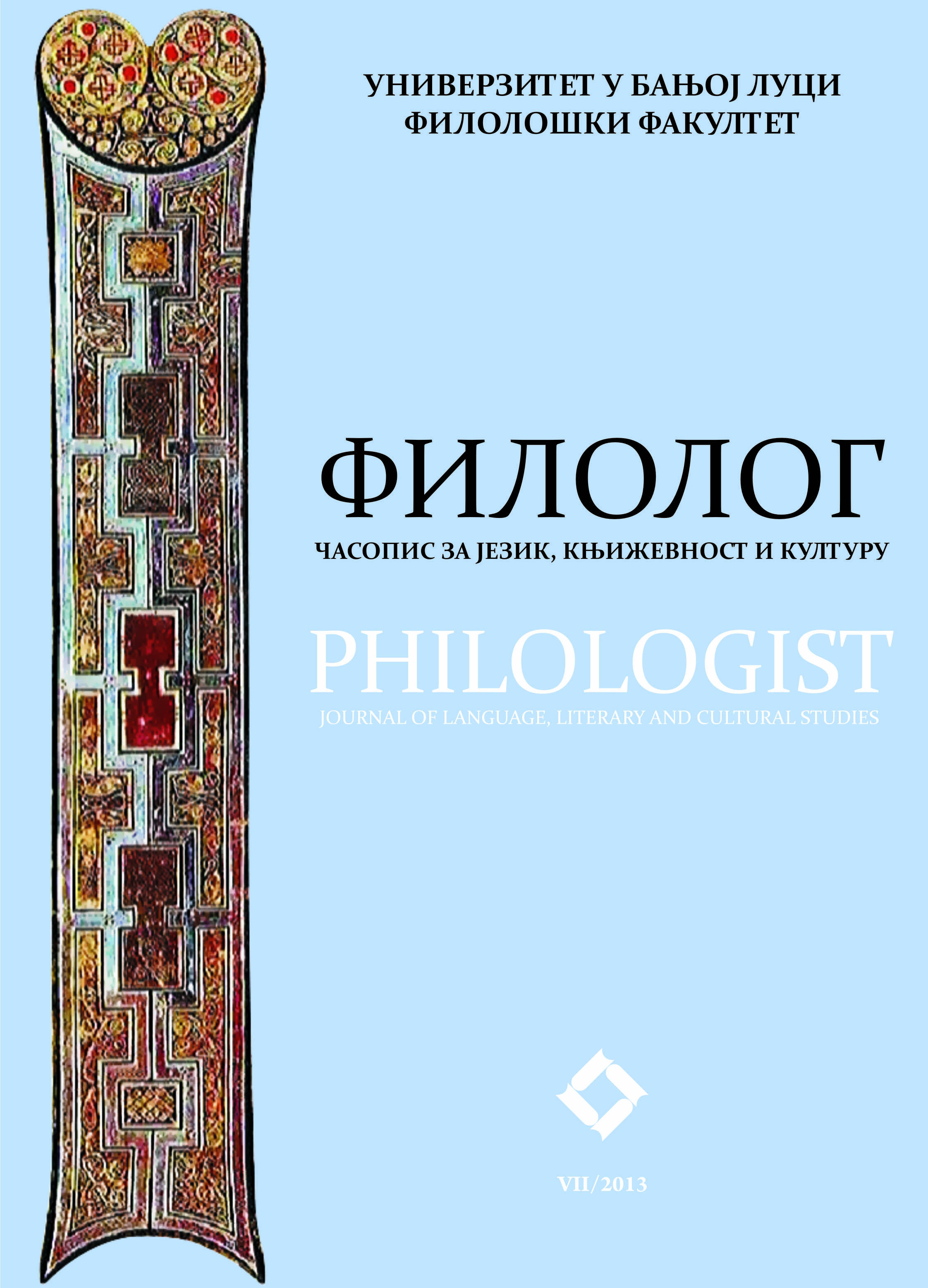Understanding the Relationship between a Diglossic Situation and Literacy in Urfa (Şanlıurfa), Turkey
Understanding the Relationship between a Diglossic Situation and Literacy in Urfa (Şanlıurfa), Turkey
Author(s): Mahmut Uğur Arslan, Azamat AkbarovSubject(s): Language and Literature Studies, Philology, Turkic languages
Published by: Филолошки факултет Универзитета у Бањој Луци
Keywords: High Variety; Low Variety; Diglossia; Turkish; Kurdish; Arabic;
Summary/Abstract: The purpose of this article is to show whether the Urfa dialect has a diglossic feature or not and how the usage of the components of diglossia is seen in Urfa. In order to determine high and low varieties of the Turkish language, the Urfa dialect shall be compared with the Istanbul dialect and old Turkish. In Urfa we can see many diglossic situations not only between two dialects of the same language but also between different languages like Arabic or Kurdish. Arab and Kurd people use their mother tongue, which is considered to be the Low variety in their daily lives, however, they are supposed to use the High variety format of Turkish when it is a necessity. They more likely experience communication problems with both the low and high variety forms of the Turkish language. Hence, their situation is more complicated than other peoples’ who use the Urfa dialect only. We explain similarities and differences between the Urfa and İstanbul dialects by giving examples in tables about how people use language and also via examples from conversations between two people. Moreover comparing some words and some verbs as examples from both sides may be beneficial to understand the diglossic issues in Urfa. The qualifications of low and high varieties of language must be noted in this paper to clarify understanding of Urfa and İstanbul dialects.
Journal: Филолог – часопис за језик, књижевност и културу
- Issue Year: 2013
- Issue No: 7
- Page Range: 57-64
- Page Count: 8
- Language: English

